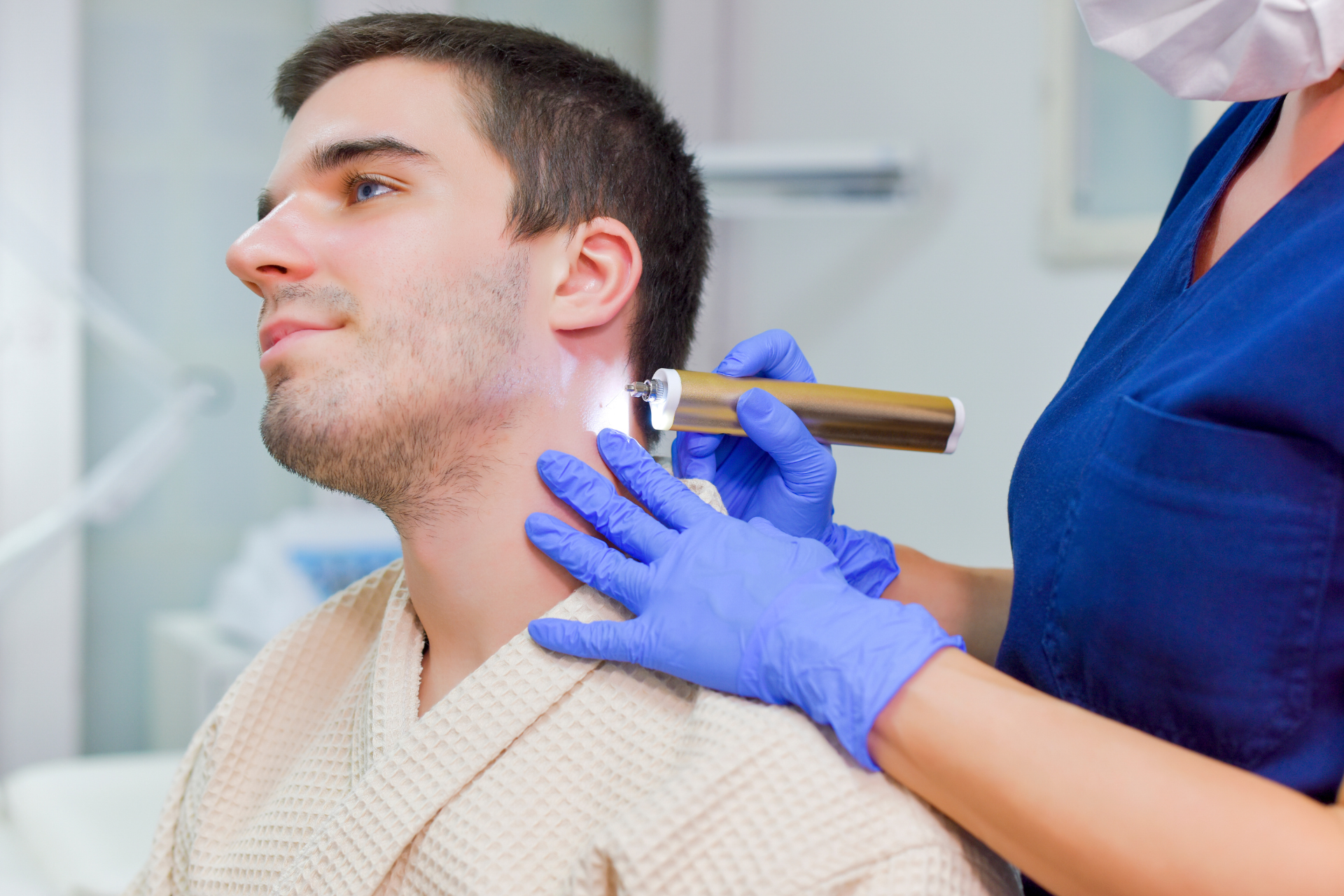Understanding Mole Removal Techniques

Introduction:
Moles can be a common skin concern for many individuals, and sometimes, they may need to be removed for cosmetic or medical reasons. At Fall Creek Skin and Health Clinic, we understand the importance of providing safe and effective solutions for mole removal. In this blog post, we will dive into the various mole removal techniques available, shedding light on their benefits and considerations.
What are Moles?
Moles are pigmented skin growths that can appear anywhere on the body. While most moles are harmless, some may change in size, shape, or color, warranting further evaluation by a healthcare provider. It is essential to monitor any changes in moles and consult a dermatologist if you have concerns about their appearance or characteristics.
Mole Removal Techniques:
1. Surgical Excision:
Surgical excision is a common technique used for removing moles that are suspected to be cancerous or atypical in appearance. During this procedure, the dermatologist numbs the area with a local anesthetic and cuts out the mole along with a margin of normal skin. The excised mole is then sent to a lab for further analysis. Surgical excision is a precise method that ensures complete removal of the mole.
2. Shave Excision:
Shave excision is another mole removal technique that involves using a small blade to shave off the mole from the skin's surface. This technique is typically used for raised moles that do not penetrate deep into the skin layers. Shave excision results in minimal scarring and a shorter recovery time compared to surgical excision.
3. Laser Therapy:
Laser therapy is a non-invasive mole removal technique that uses focused laser energy to target and break down the pigment in the mole. This method is ideal for flat or slightly raised moles and can be a quick and effective option for removing unwanted pigmentation. However, multiple sessions may be required for optimal results.
4. Cryotherapy:
Cryotherapy involves freezing the mole with liquid nitrogen, causing it to blister and eventually fall off. This technique is suitable for small, non-cancerous moles and requires minimal downtime. Cryotherapy is a quick procedure that is often used for treating multiple moles in a single session.
Considerations for Mole Removal:
Before undergoing mole removal, it is crucial to consult with a dermatologist to determine the best technique for your specific case. Factors such as the size, location, and type of mole will influence the choice of removal method. Additionally, understanding the potential risks, benefits, and post-treatment care instructions is essential for a successful outcome.
At Fall Creek Skin and Health Clinic, our team of experienced dermatologists is dedicated to providing personalized care and tailored treatment plans for mole removal. We prioritize patient safety and satisfaction, ensuring that each individual receives the highest quality of care throughout the removal process.
Conclusion:
Understanding the different mole removal techniques available can empower individuals to make informed decisions about their skin health. Whether you have a concerning mole or simply wish to address a cosmetic concern, Fall Creek Skin and Health Clinic offers comprehensive mole removal services to meet your needs. Remember to schedule a consultation with our specialists to discuss the best approach for your unique situation. Your skin's health and well-being are our top priorities.
Remember, for safe and effective mole removal techniques, trust the experts at Fall Creek Skin and Health Clinic. Your skin deserves the best care!
[CTA: Schedule a consultation with Fall Creek Skin and Health Clinic today to learn more about mole removal options tailored to your needs.]




